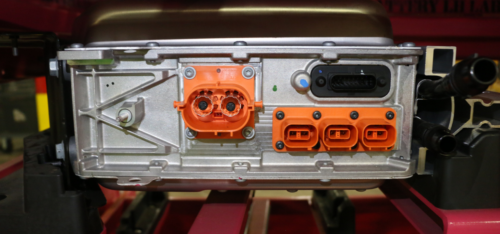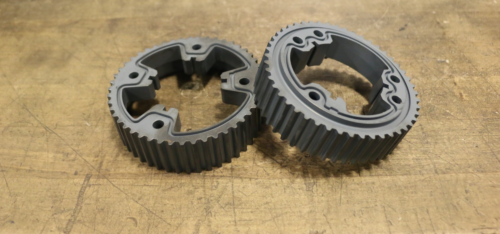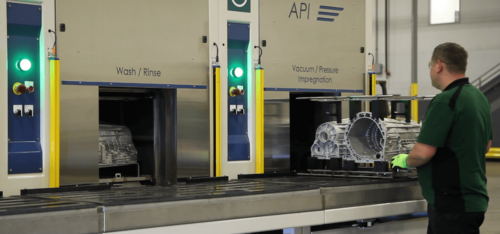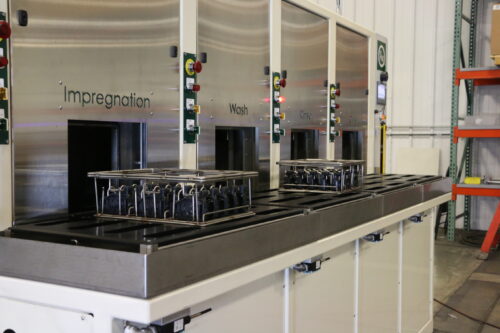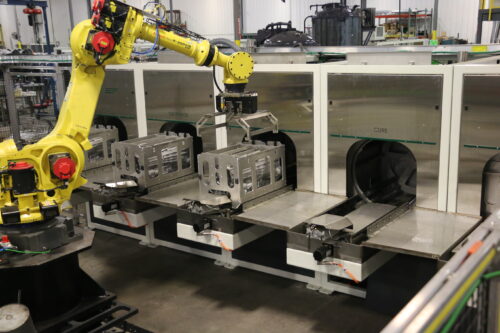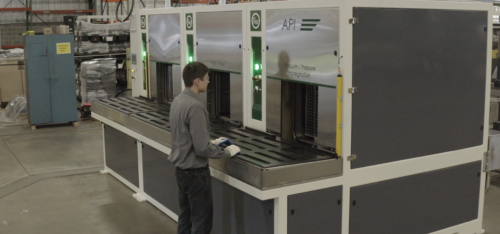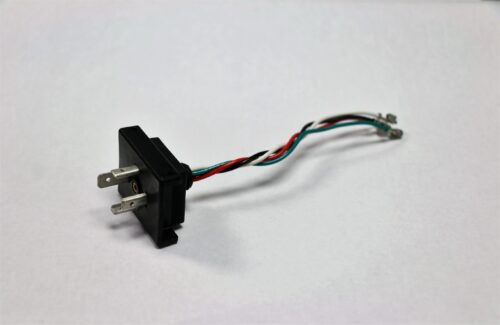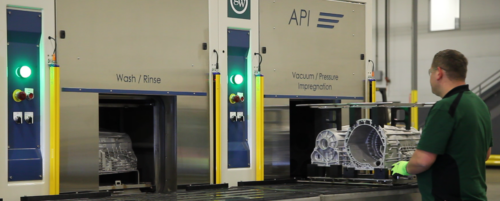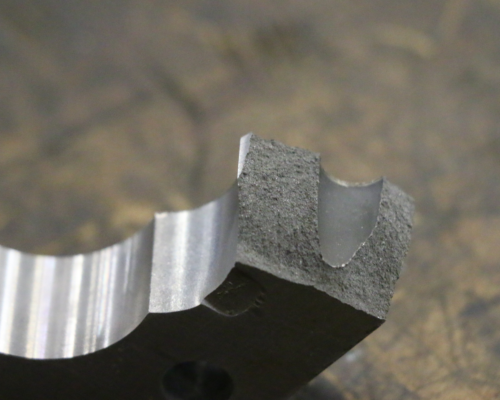Three Reasons to Seal Electronics with Vacuum Impregnation
Electronics play a crucial role in electric vehicles (EVs). In 2000 automobile electronics were responsible for 18 percent of the cost of a car. Twenty years later, electronics accounted for 40 percent of a car’s cost.
Case Study: Tailored Solution to Seal Powder Metal Porosity
The increased use of turbochargers has become an important trend in car manufacturing. This trend has been driven by requirements to design smaller, more powerful engines that also reduce fuel consumption.
How Vacuum Impregnation Enables Lightweighting
Recent decades have seen a surge in the use of aluminum castings in car manufacturing. Aluminum has been a critical material in car manufacturing since the beginning. The first sports car featuring an aluminum body was unveiled at the Berlin International Motor Show in 1899. Carl Benz developed the first engine with aluminum parts two […]
Case Study: Sealing Electronic Leak Paths with Vacuum Impregnation
Modern vehicles contain hundreds of electric control units (ECUs). These control functions that range from operation of the engine to keyless entry.
Useful Lessons from Henry Ford on Modernizing Equipment
As manufacturing equipment ages, the maintenance and repair (MRO) of the equipment increases while the Overall Equipment Effectiveness (OEE) decreases. Given this, companies must decide while bidding on new projects: “Use the aged equipment and invest in MRO while accepting a lower OEE” or “Invest in new equipment using the latest technology and generate a […]
Three Ways Recoverable Vacuum Impregnation Sealants Contribute to Environmental Sustainability
As consumer demands evolve, it’s imperative for companies to become environmentally conscious. As a result, OEMs and manufacturers who use aluminum die castings have adapted quickly, and sustainable manufacturing practices have become increasingly common.
Cost of Vacuum Impregnation
Manufacturers are constantly faced with either scrapping castings that leak or sealing the castings through vacuum impregnation. Some may perceive vacuum impregnation as a non-value added cost and assume it is less expensive to scrap die castings that leak. In this simplified yet real-world example, we will review the costs of die casting scrap compared […]
Sealing Electronics with Vacuum Impregnation vs Potting
The use of electronics in automobiles has made cars faster, safer, and more reliable. Electronics have become so prevalent that they’re practically a commodity in the same way that aluminum and steel are. As this trend continues, manufacturers need solutions that address the leak paths that occur naturally in the manufacture of these components.
Strategies for Acquiring and Financing Vacuum Impregnation Equipment
The benefits in owning and operating equipment vs. outsourcing are found in the savings of logistics, quality, and part costs. These savings serve to increase a company’s profitability. This reality holds true for vacuum impregnation equipment. But with many projects and programs competing for a limited amount of capital expenditure dollars, owning vacuum impregnation equipment […]
How Vacuum Impregnation Improves Powder Metal Machining
A major benefit to manufacturing with powder metal is that parts are made to near net shape. Often, machining is thus only a secondary operation for improving shape precision and surface quality.

